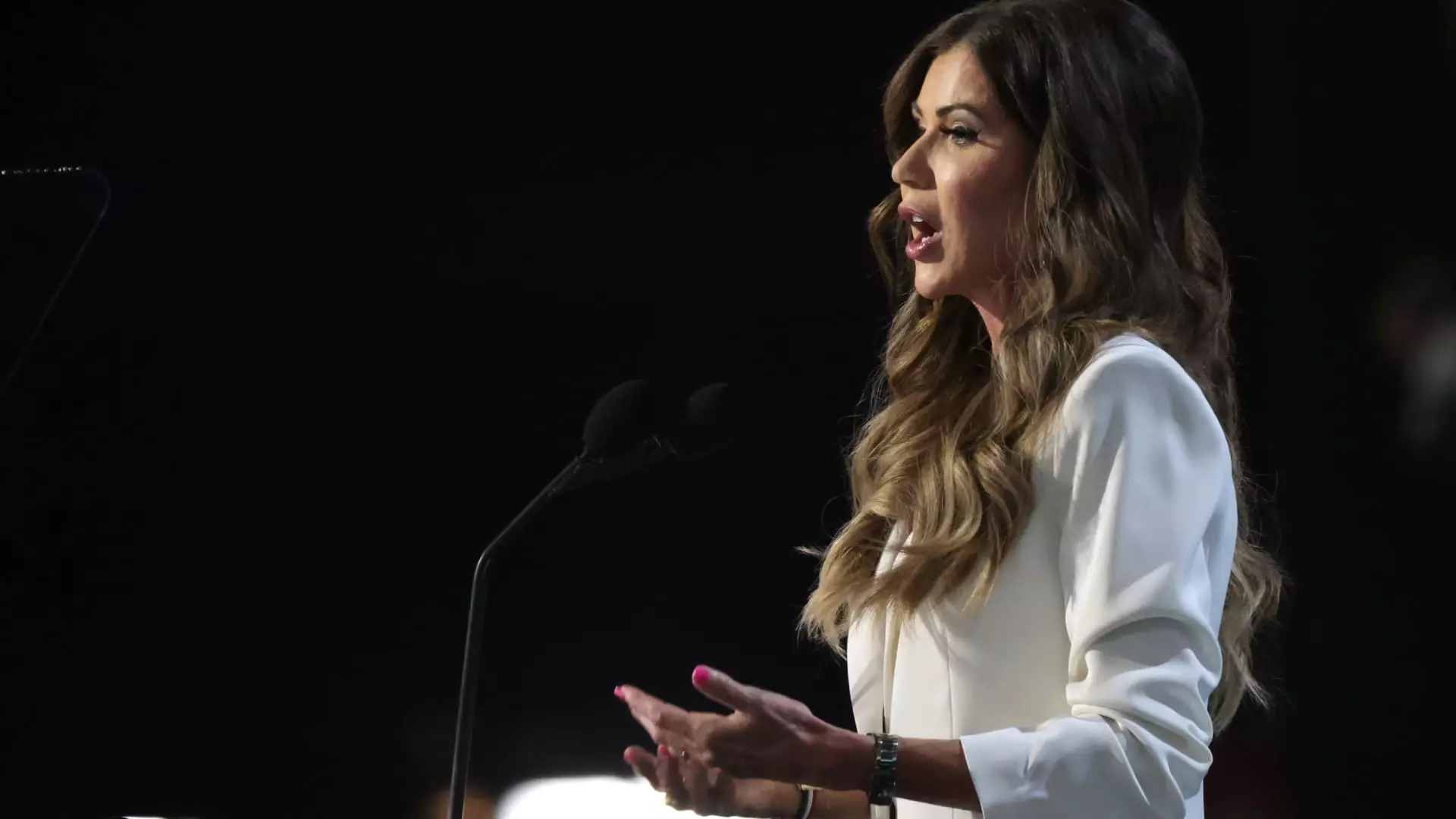In the landscape of energy efficiency initiatives in the United States, the recent implementation of rebate programs designed to incentivize homeowners to upgrade their residences serves as both a beacon of progress and a source of controversy. This dynamic, underscored by the implementation of the Inflation Reduction Act (IRA), reveals a complex interplay between state policy decisions, consumer incentives, and the overarching goals of climate change mitigation.
The Inflation Reduction Act, enacted in 2022, allocated a substantial $8.8 billion to fund Home Energy Rebates aimed at promoting energy upgrades. This hefty financial commitment allows consumers to receive rebates of up to $8,000 for home efficiency improvements and as much as $14,000 for electrification and appliance upgrades. The underlying intent is clear: to alleviate the financial burdens of transitioning to energy-efficient appliances and retrofitting homes. By doing so, these programs not only promise to lower utility bills for consumers but also significantly contribute to the reduction of carbon emissions, thereby addressing urgent climate action goals.
However, despite the well-structured framework of the IRA, the response from states has been uneven. While New York was the first to initiate its rebate program in May, states like South Dakota have chosen to opt out altogether. This divergence raises pertinent questions about state-level agency over federally allocated funds and the political dimensions influencing these decisions.
South Dakota stands out as the sole state to publicly decline participation in the rebate program, a decision officials underscored in several hearings. Jim Terwilliger, the commissioner of the South Dakota Bureau of Finance and Management, justified this choice by stating that the arrangement would not align with the state’s values or needs. The administration argued that the costs and administrative burden associated with implementing such a program outweighed the potential benefits.
This rejection underlines a critical issue surrounding the acceptance of federal funding: states are not merely passive recipients but are active agents capable of negotiating the terms of their participation. The backlash against federal initiatives, often framed within a conservative ethos, raises significant barriers to implementing programs that could substantially benefit both local economies and environmental health. It also reflects a broader skepticism towards what some perceive as top-down impositions on state governance.
In stark contrast to South Dakota, numerous states have eagerly embraced the rebate programs with the ambition of maximizing the financial and environmental benefits for their residents. States like Arizona, Maine, New Mexico, Rhode Island, and Wisconsin quickly followed New York’s lead in launching their own rebate programs. Kara Saul-Rinaldi, a climate and energy policy expert, suggests that this eagerness will likely trigger a cascade of similar initiatives across the nation, as the momentum builds.
What’s crucial here is the diversity of approaches. Each participating state retains the authority to customize its rebate structure according to local conditions, resources, and consumer needs. For example, New Mexico plans to initiate its program in phases, starting with low-income rebates that can provide substantial support for essential upgrades such as insulation and heating systems.
While South Dakota’s rejection of federal funds dominated headlines, it is the proactive measures of other states that truly highlight the opportunities posed by the IRA. Collectively, 26 states and the District of Columbia have sought approximately $4 billion in funding, signaling strong interest in embarking on energy efficiency initiatives.
As states ramp up their rebate programs, it is critical that consumers remain informed and engaged with the available opportunities. The U.S. Department of Energy has encouraged householders not to wait for formal programs to be rolled out. Instead, consumers may explore various other federal and local assistance programs, such as tax credits and grants, aimed at facilitating energy upgrades.
Furthermore, as states implement their unique rebate schemes, emphasis must be placed on transparent communication and clear guidelines. By doing so, consumers can navigate the multifaceted landscape of energy efficiency options and capitalize on the financial support made available through both state and federal initiatives.
The trajectory of energy efficiency rebate programs across the United States encapsulates a larger narrative about the intersection of policy, consumer behavior, and climate goals. While criticism of federal overreach continues to shape decisions in some states, the growing acceptance and implementation of such programs in others reflect a meaningful shift towards sustainable living practices. As the nation moves forward, the potential to achieve considerable gains in energy efficiency hinges not only on government support but also on the collaborative efforts of consumers, state-level actors, and climate advocates committed to building a greener future.

